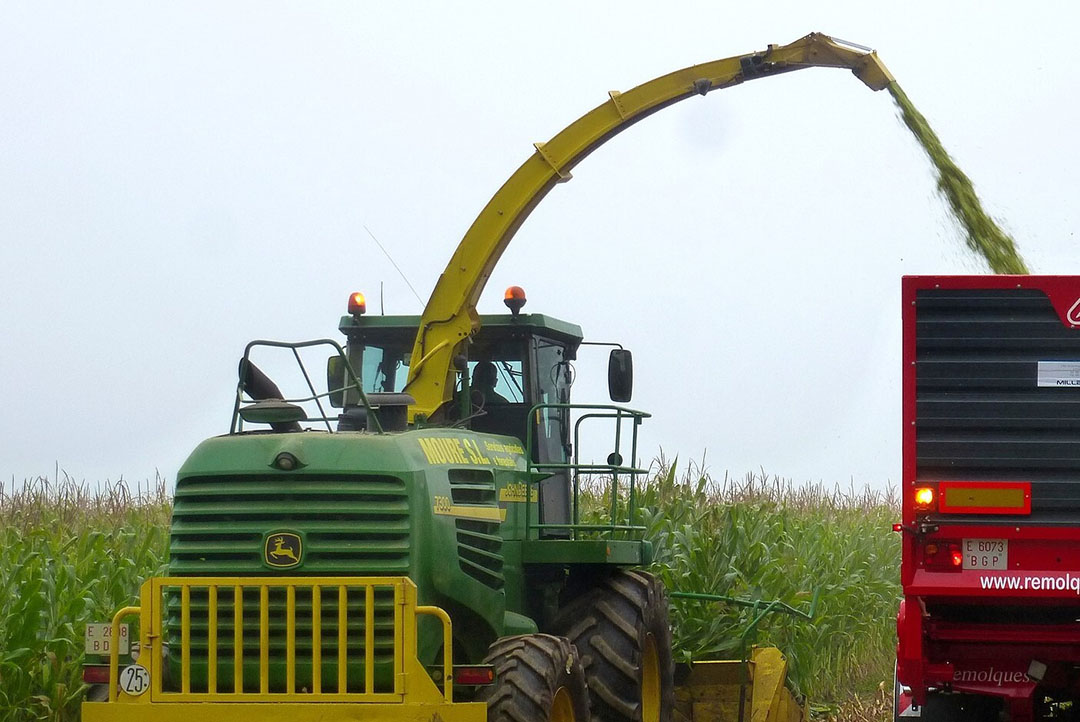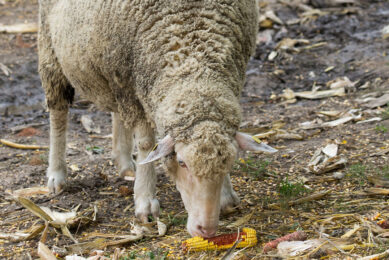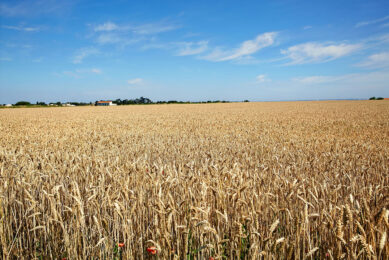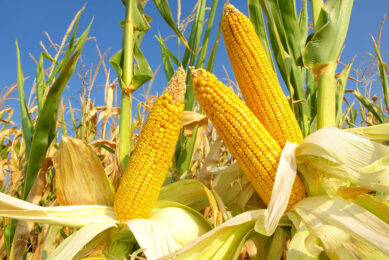Thailand: A surge a corn production

Thailand anticipates a surge in corn production for MY2020/21 due to an increase in planted area and good weather.
Meanwhile, there is still a high demand for alternative feed grains since domestic corn production and corn imports are insufficient to meet the demand for feed ingredients.
The forecast for MY2020/21 corn production in Thailand is 5.6 million metric tonnes (MMT), up 24% from MY2019/20 due to an expansion in acreage and favourable weather conditions. The average farm-gate prices of corn between January and August 2020 were around 7.7 baht/kg (US$ 248/MT). Corn prices declined 3% from the same period last year due to the increased production and a surge in duty-free corn imports from neighbouring countries under the ASEAN free-trade agreement, particularly from Myanmar. Myanmar corn is approximately 30% cheaper than locally produced corn.
A budget of 1.9 billion baht (US$ 61.7 million) was approved in August for the price guarantee programme for MY2020/21 corn production (June to May 2021). The guarantee prices were set at 8.50 baht/kg (US$ 274/MT) for a maximum of 4.8 hectares per household. For MY2020/21 corn production, a Soft Loan Program for Farmer Institutions was also approved to purchase corn (45 million baht, or US$ 1.5 million) between September 2020, and June 2022, and an Interest Rate Compensation Program for corn traders to hold corn stocks for 2-6 months (15 million baht, or US$ 0.5 million). The government also still maintains the domestic absorption programme for corn that requires local feed mills to purchase 3 tonnes of locally produced corn before importing 1 MT of feed wheat.
Drought and an infestation of fall armyworm resulted in a shortfall of locally produced corn in MY2019/20 so imports were revised up to 1.6 MMT, up significantly from MY2018/19. Corn imports for MY2020/21 are forecast to 800,000 MT with a drastic decline in MY2020/21 in anticipation of the surge in corn production. Additionally, traders expect shrinking Myanmar corn exportable supplies to Thailand in anticipation of strong import demand from China in 2021.
 Futures prices
Futures prices
Overview of futures prices for: Corn, soybean, and wheat.
High demand for alternative feed grains
There is still a high demand for alternative feed grains since domestic corn production and corn imports are insufficient to meet the demand for feed ingredients. About 3 MMT of alternative feed grains/ingredients have been imported into Thailand over the past 5 years, accounting for around 15% of total feed demand. This surge in imports prompted the government to restrict alternative grains/ingredients imports to protect local corn farmers. The Ministry of Commerce’s Department of Internal Trade has listed feed wheat, barley, and dried distiller grains with solubles (DDGS) in the List of Controlled Commodities and Services that allows the government to restrict the imports of these feed grains/ingredients if the imports are adversely affecting domestic corn prices.
A steady increase in corn consumption
MY2019/20 corn consumption is revised up to 6.1 MMT, up 3% from MY2018/19 due to better-than-expected poultry and swine feed demand. The growth of chicken meat and pork exports have more than offset the reduction of domestic consumption caused by the Covid-19 outbreak. MY2020/21 corn consumption is expected to further increase 4% in line with a gradual recovery in export demand for chicken meat and pork once the Covid-19 outbreak is under control.
![]() Market prices in real-time
Market prices in real-time
All About Feed has partnered with Glowlit to give readers access to real-time pricing of amino acids and vitamins. Stay up to date…
Reduced demand for feed wheat
The recovery of domestic corn production from the previous year’s record low is expected to reduce the demand for feed wheat, the imports of which are expected to decline to 1.5 MMT in MY2020/21, a 19% reduction from MY2019/20.
Feed wheat imports totalled 1.9 MMT, up 28% driven by the shortage of MY2019/20 corn production for poultry feed and tight supplies of broken white rice for swine feed production.
The information in this article has been extracted from a USDA GAINS report prepared by agricultural specialist Ponnarong Prasertsri.











